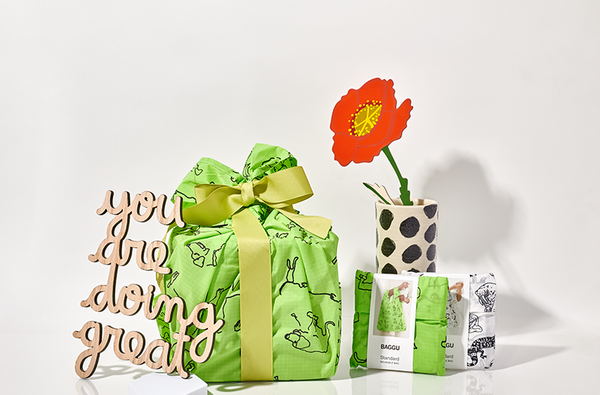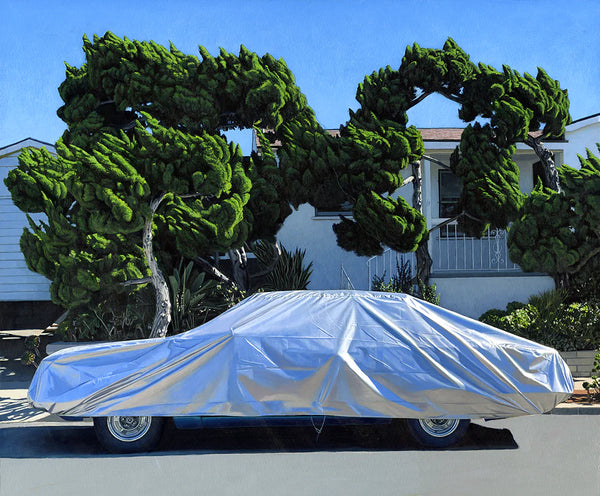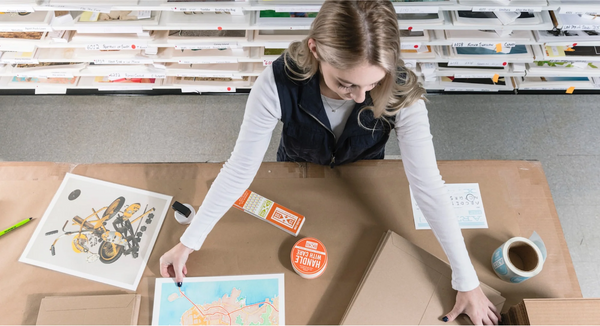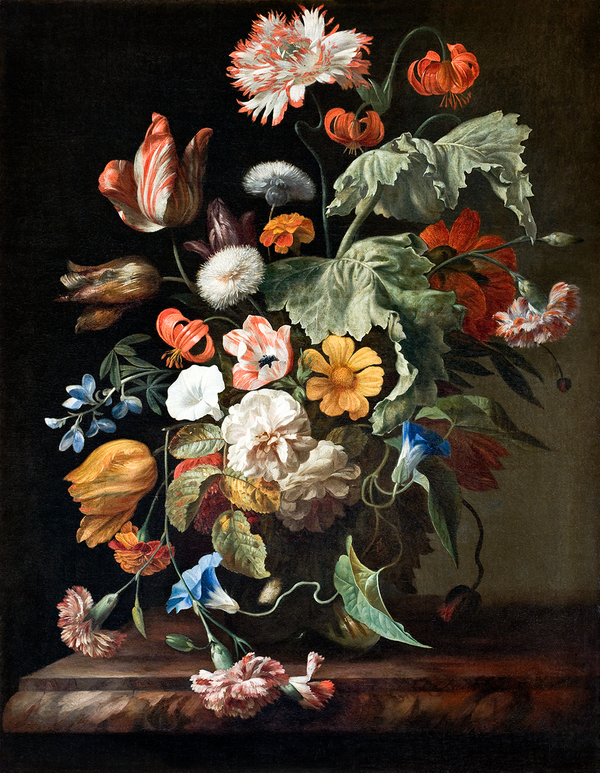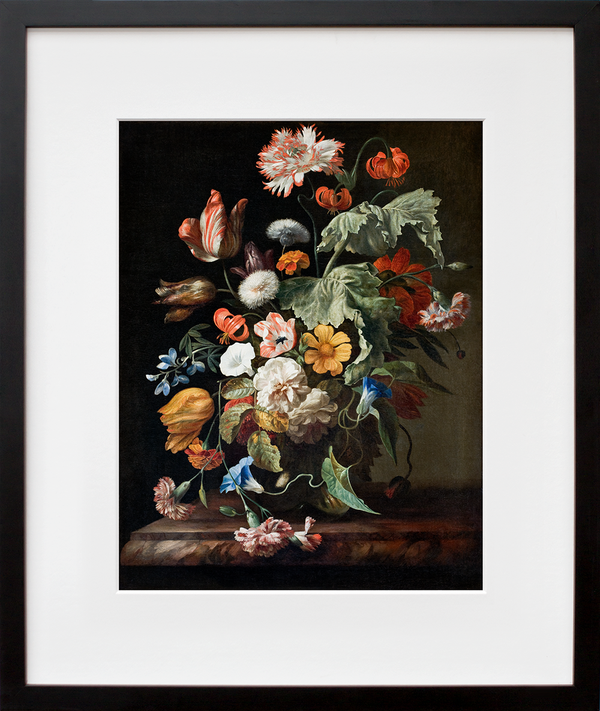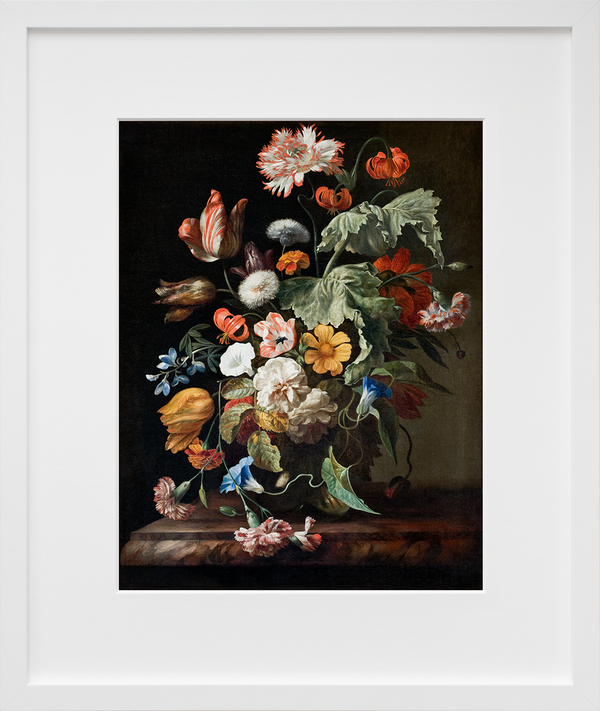This store requires javascript to be enabled for some features to work correctly.
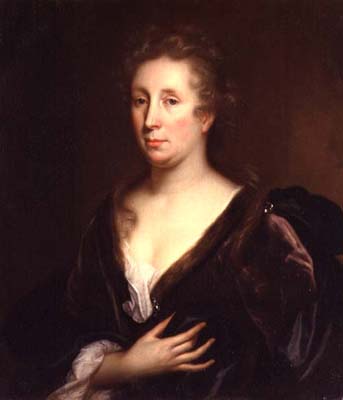
Rachel Ruysch
Rachel Ruysch had an extensive and successful painting career that spanned over six decades, making her the best documented female painter of the Dutch Golden Age.
Ruysch was born in June 1664 to Maria Post and Frederik Ruysch. Her father was a well-known scientist, botanist, and professor of anatomy. He had an impressive collection of scientific samples which Ruysch used to practice her drawing skills. At age 15, she was apprenticed to painter Willem van Aelst. In addition to perfecting her painting technique, he taught her how to arrange bouquets to look more wild and less formal, later a signature in her flower paintings. By the time Aelst died in 1683, Ruysch was selling her own signed works. Ruysch was part of a movement that recognized and created work for the growing market of the merchant class.
Ten years later, Ruysch married fellow painter Juriaen Pool, with whom she had ten children. Motherhood and marriage didn’t stop her from continuing to paint and produce commissioned work. From 1708 to 1716, she was court painter to the Elector Palatine in Düsseldorf. She and her family resettled in Amsterdam in 1716, where Ruysch painted at a remarkably prolific rate until she turned eighty-three. At her peak, Ruysch was so popular that she was able to fetch a price double that of Rembrandt’s sales. Though she gained international renown in her lifetime, it is likely her choice of subject matter — and doubtlessly, her gender — led to her work being overlooked by many later critics, and less established in the art history canon than it deserved.
Join our mailing list for 15% off
Sign up for our newsletter to get first access to new editions, catch the freshest commentary + features, and snag a special discount.

